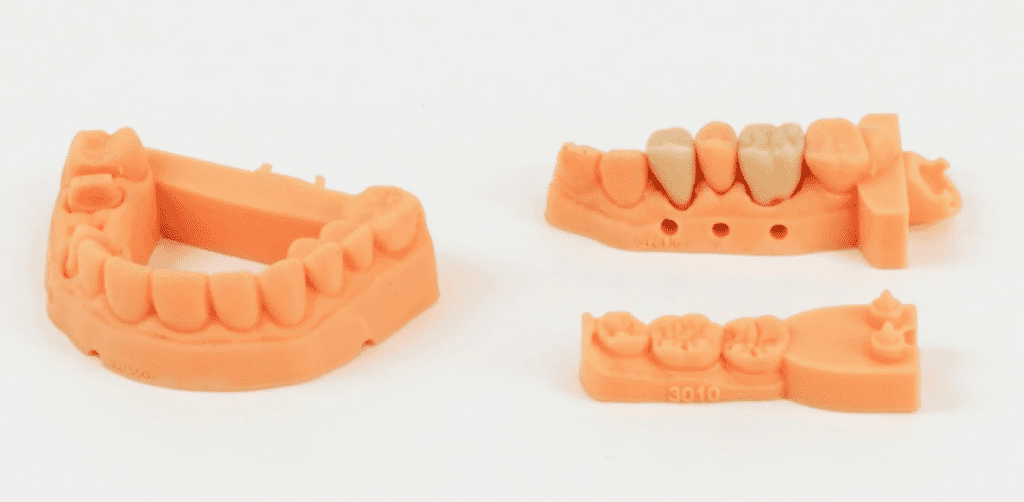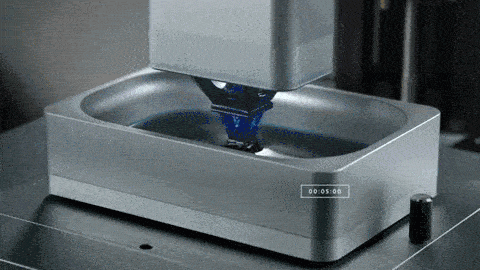A new company called Carbon3D, founded by a team of physicists and chemists, were inspired by the iconic Terminator villain, the self-morphing T-1000, to build a machine that 3D prints objects from a puddle of raisin. Unlike conventional 3D printers which add material layer by layer, the latest innovation works fundamentally different. The models it prints are extremely sophisticated and detailed, making it a valuable tool for consumer products, not just prototyping as is the norm today.
“We think that popular 3D printing is actually misnamed — it’s really just 2D printing over and over again,” said Joseph DeSimone, a professor of chemistry at University of North Carolina and North Carolina State as well as one of Carbon3D’s co-founders. “The strides in that area have mostly been driven by mechanical engineers figuring our how to make things layer by layer to precisely create an object. We’re two chemists and a physicist, so we came in with a different perspective.”

Just like the T-1000 rises from a pool of molten metal, so do the printed objects made at Carbon3D. The machine uses a novel process called “continuous liquid interface production technology,” or CLIP. Basically, a digital light system is projected onto a pool of resin. To print an object, the machine releases precise amounts of light and oxygen in key locations throughout the resin bath. The chemical reaction hardens the resin. By coordinating light and oxygen in tandem, extremely intricate shapes, patterns and lattices can be made. When a conventional 3D printer builds an object, it adds material layer by layer. It inherently adds imperfections at the interface between each added layer. Carbon3D doesn’t have this problem and all its objects are smooth as a whistle.
“These hurdles mean that 3D printing can be amazing for making prototypes, but just not as good for creating a commercial product in a lot of applications,” Carbon3D’s chief marketing officer Rob Schoeben, said for Washington Post. “That’s what we’re most interested in changing.”
The impressive process is also 25 to 100 times faster than conventional printing. DeSimone believes his creation will prove useful wherever an industry requires very small, but highly precise and smooth objects like sensors or medical implants.
More technical details can be found at the paper published in Science.







